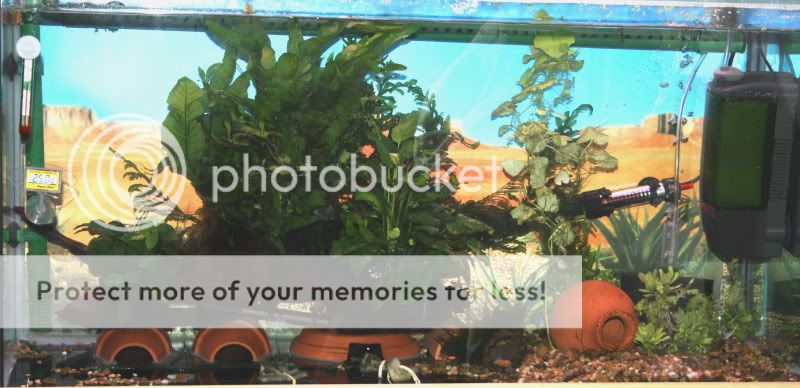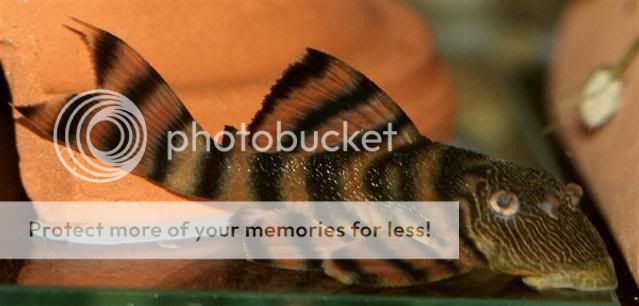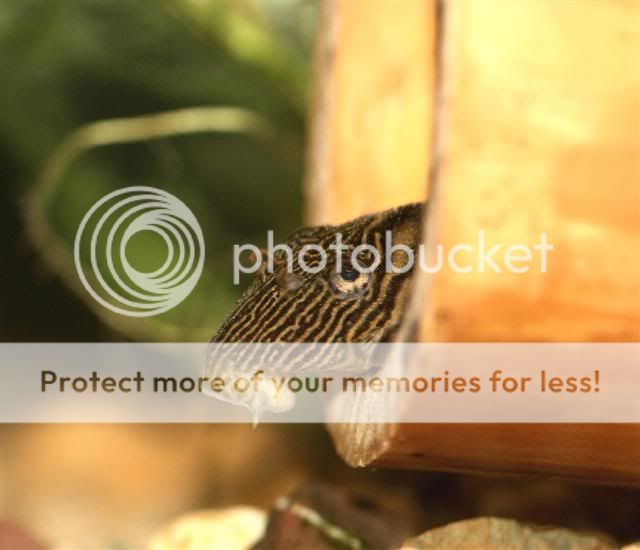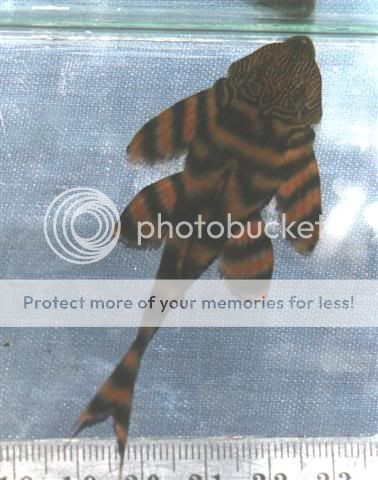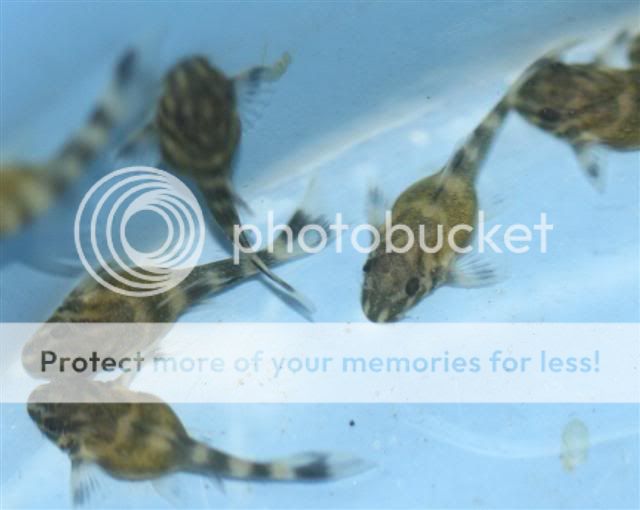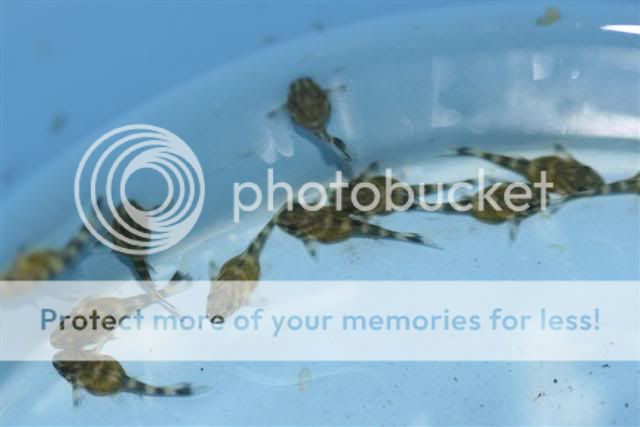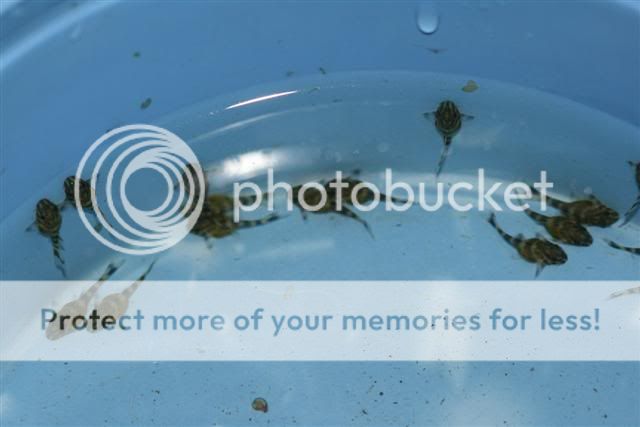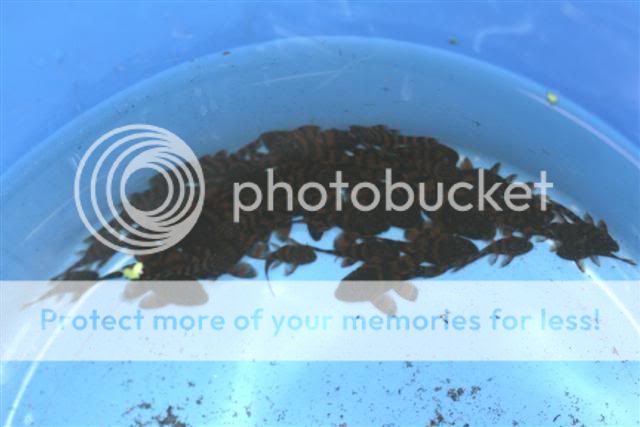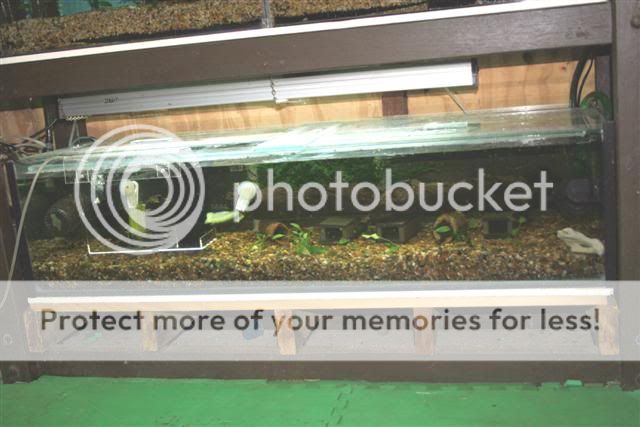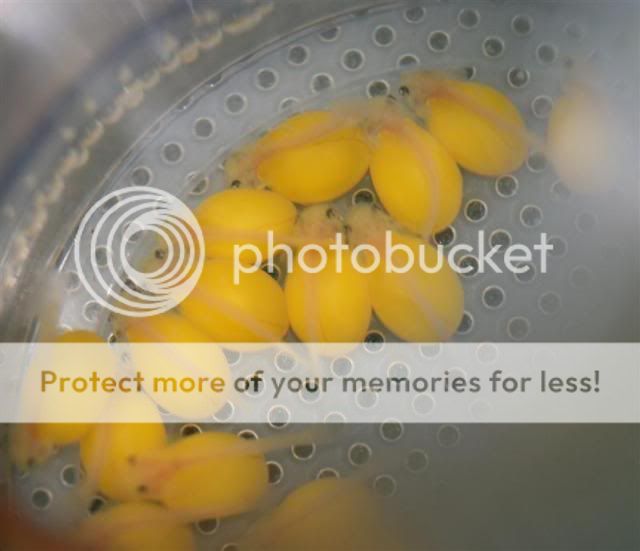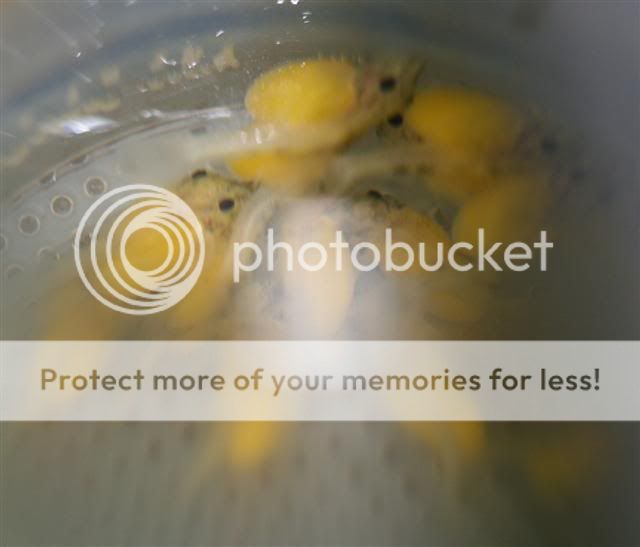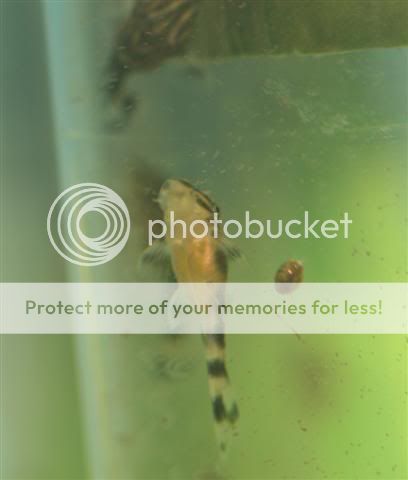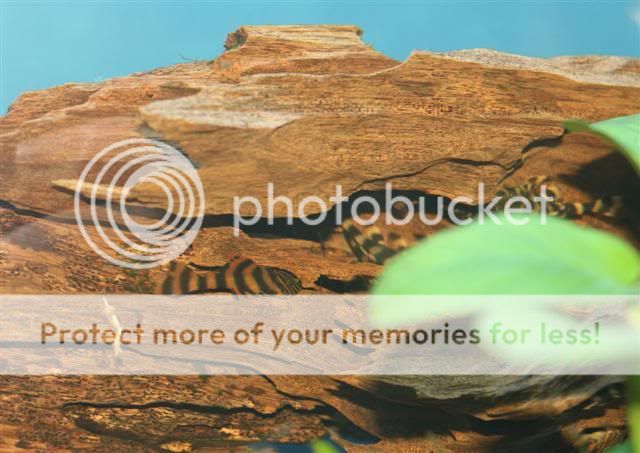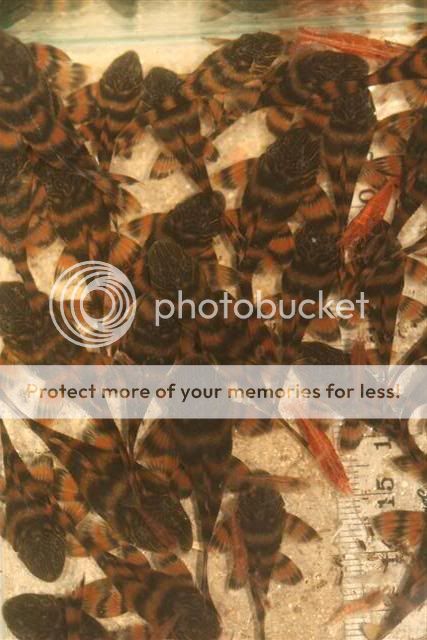All assigned numbers: L397
Name:
Location: Brazil: Pará, near Alenquer
Photos:










Appearance:
Compatibility: Peaceful and unproblematic fish, suitable for community tanks and show tanks with easy to stress fish like Discus or Angel Fish, as well as other bottom-dwelling fish. May become a bit pushy during feeding time, or if not enough hiding places are offered, but if the tank is properly aqua-scaped it is not aggressive, even towards its own kind.
Sexing and Breeding: The male has a larger head and much more odontode growth on the body and pectoral fin ray.
Diet: This is a wood-eating catfish, like all species from the genus Panaque (including those known to some as Panaqolus) and Cochliodon. Therefore, a good supply of bog wood is necessary in the tank: not only does this fish extracts certain elements and nutrients from the organic layer which forms on the wood over time (also known as "Aufwuchs"), it actually eats the wood itself, possibly for digestive reasons. As wood does is not very rich in nutrients, it means the L397 consumes vast amounts of it, and produces an almost equal amount of waste (because of which a very strong filtration system is an absolute necessity).
Besides wood, the diet can be supplemented with vegetable matter (cucumber, lettuce, egg plant/aubergine, zucchini/courgette, etc. as well as algae and catfish pellets)
Water parameters: Temp 25-29 PH 5.5-7.5
This small catfish-species prefers a dimly lit tank with a good number of hiding places, either created with plants, drift wood, rocks or artificial (pleco spawning) caves. To keep more than one specimen in the same tank, or together with other bottom dwelling fish, you need at least a 40x16" (100x40cm.) tank: this fish can be quite territorial, and when suitable hiding places are lacking, it can be aggressive towards other bottom dwellers. When kept as only catfish in an aquarium, a tank size of 32x14" (80x35cm.) is sufficient.
Typical for South American catfish, this species does best in soft, slightly acidic to neutral water, good oxygenation and a good amount of currents. It can however adapt to harder, more alkaline water, but whether it will reproduce under such conditions is questionable.
Max Size: 14cms
Bred by: lealea, Brengun
Breeding Log: See post below. For all comments please use original thread here Keeping and breeding the L397
Additional Comments:
Diet and water parameters information from www.piranha-Info.com
Name:
Location: Brazil: Pará, near Alenquer
Photos:










Appearance:
Compatibility: Peaceful and unproblematic fish, suitable for community tanks and show tanks with easy to stress fish like Discus or Angel Fish, as well as other bottom-dwelling fish. May become a bit pushy during feeding time, or if not enough hiding places are offered, but if the tank is properly aqua-scaped it is not aggressive, even towards its own kind.
Sexing and Breeding: The male has a larger head and much more odontode growth on the body and pectoral fin ray.
Diet: This is a wood-eating catfish, like all species from the genus Panaque (including those known to some as Panaqolus) and Cochliodon. Therefore, a good supply of bog wood is necessary in the tank: not only does this fish extracts certain elements and nutrients from the organic layer which forms on the wood over time (also known as "Aufwuchs"), it actually eats the wood itself, possibly for digestive reasons. As wood does is not very rich in nutrients, it means the L397 consumes vast amounts of it, and produces an almost equal amount of waste (because of which a very strong filtration system is an absolute necessity).
Besides wood, the diet can be supplemented with vegetable matter (cucumber, lettuce, egg plant/aubergine, zucchini/courgette, etc. as well as algae and catfish pellets)
Water parameters: Temp 25-29 PH 5.5-7.5
This small catfish-species prefers a dimly lit tank with a good number of hiding places, either created with plants, drift wood, rocks or artificial (pleco spawning) caves. To keep more than one specimen in the same tank, or together with other bottom dwelling fish, you need at least a 40x16" (100x40cm.) tank: this fish can be quite territorial, and when suitable hiding places are lacking, it can be aggressive towards other bottom dwellers. When kept as only catfish in an aquarium, a tank size of 32x14" (80x35cm.) is sufficient.
Typical for South American catfish, this species does best in soft, slightly acidic to neutral water, good oxygenation and a good amount of currents. It can however adapt to harder, more alkaline water, but whether it will reproduce under such conditions is questionable.
Max Size: 14cms
Bred by: lealea, Brengun
Breeding Log: See post below. For all comments please use original thread here Keeping and breeding the L397
Additional Comments:
Diet and water parameters information from www.piranha-Info.com

